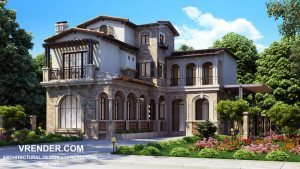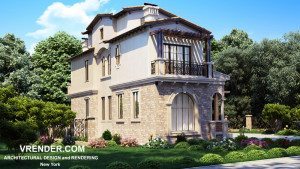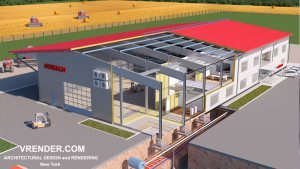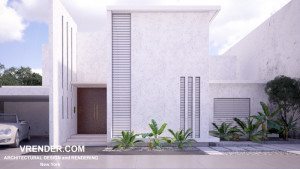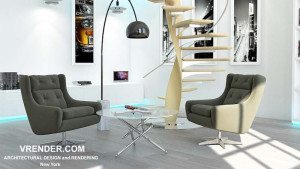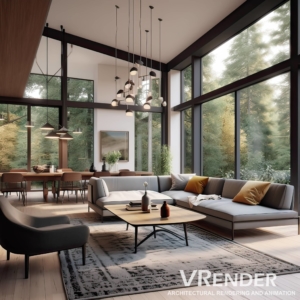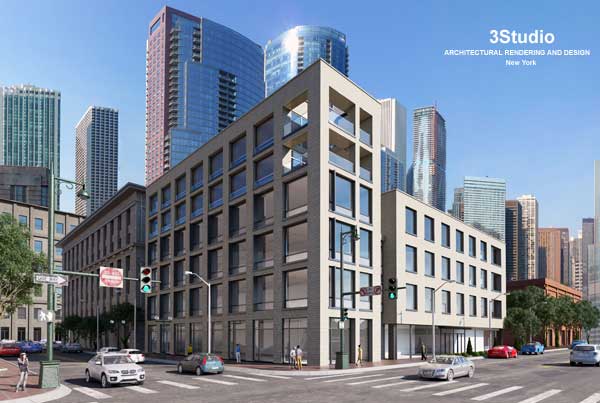Modern technology of 3D visualization is a kind of three-dimensional computer graphics, which makes it possible to design objects of very different complexity.
This technology has already earned popularity among designers because it allows the creation of three-dimensional objects of any shape, which then can be studied in every detail: from any angle, at any point, it can be shown taking changes in the lightning into consideration. 3D visualization is the process of creating three-dimensional volume, lifelike images on the basis of a special computer program. The most common 3D developers use such programs as AutoCAD, Artlantis, Archi CAD, 3D Studio Max.
The main advantage of 3D visualization technology for the customer is an opportunity to see how your interior will look in reality, including the smallest details.
The three-dimensional design of the new interior of your apartment, newly built home, or renovated office will save time and energy and will give a professional approach to the repair process. In addition, this approach allows advance to make all the necessary changes to the interior to prevent in a future very common situation, when the final result of decoration or furnishing is not at all what the owner dreamed of. Visualization of the interior is a photorealistic image of the interior and exterior of the premises with the configuration of any complexity.
The process of creation starts with careful measurement of the size of the premises and places of communication.
After that, a virtual decoration is performed based on finishing materials offered to customers, furnishing, the choice of interior colors, etc. This technology is widely used throughout the world to create the interiors of houses, repair, and decoration of offices and hotels, development of the design of restaurants. One of the main features of 3D Visualization technology is to create a sense of presence. This enables the customer to assess in advance, what will be his or her future interior, to do a virtual tour of all the rooms of the house, from the living room to the bathroom and a balcony. The ability to examine carefully the details and features of the project, to correct and to change, if needed, make the process of agreement enjoyable both for a designer and for the customer.
Another fashion trend is the visualization of exterior and architectural visualization. It is the process of creating three-dimensional images of an object with a demonstration of its external characteristics. As the object, there may be a building of any size and purpose: a soccer field, a garden of a private house, parking, a children’s playground, aqua park.
3D visualization technology in the field of architecture and construction is used in the design of facilities of very different scales: a separate building, courtyard, urban area, and the whole city. When creating such a project, the future infrastructure and landscape of the object, its architectural and natural features taken into account. Without the use of visualization technology, it is difficult to imagine the work of the major companies, involved in design and construction. In recent years, 3D technology has become not just a convenient working tool, but also an effective way to attract investments. After a three-dimensional image of the object, it is possible to coordinate projects with the customer quickly and efficiently, to make the necessary adjustments in a timely manner. Together it all saves time and money, which is the main secret of success in any business.

